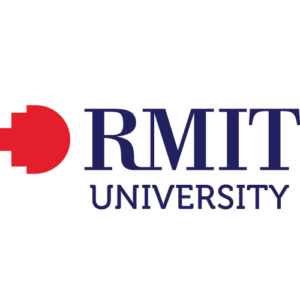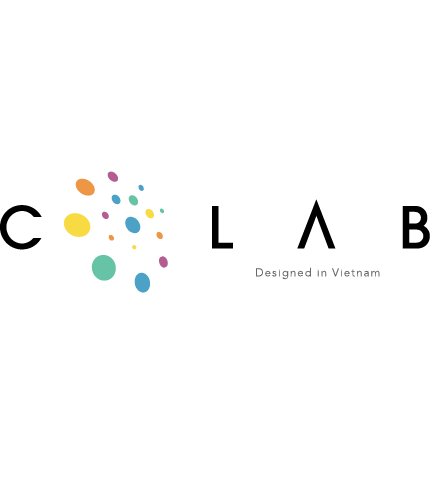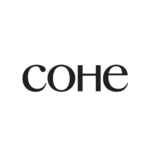Before the talk on Vietnam’s Flag, Emblem and Anthem presented by the National Archives Centre III, we set out to learn more about the important work carried out by this lesser-known organisation.
The Past, Continuous: Portrait of an Archive
Before the talk on Vietnam’s Flag, Emblem and Anthem presented by the National Archives Centre III, we set out to learn more about the important work carried out by this lesser-known organisation.

Multiple histories
Using a pair of white gloves, the archivist carefully placed on a table the documents belonging to folder 9044. An ID card, “valid until 31 December 1962”, the information contained therein stating that the person was born in the province of Can Tho in February 1919, employed at the Ministry of Public Security, and with a residential address on Tran Binh Trong street in Hanoi. On various small black and white photographs were individual and group portraits taken against different backgrounds; some already stained, others with notes at the back pertaining to names of people and places, and the dates when the photographs were taken: Ha Dong, March 1956; Nam Ninh, December 1960; Thong Nhat Park, March 1962. A New Year’s card, on which printed the image of an open book, a violin, and two purple paper flowers. Handwritten letters, files, medical records, voter cards, and more.
Folder 9044 is one of the 72,000 kept at the National Archives Centre III on Democratic Republic of Vietnam (DRV) civil officers – 72.000 officers who moved from the North to the Southern battlefields, through civilian roads, during the period of 1959–1975 (a majority of them were Southerners who had previously been called to the North to train). Before their departure, all of their documents – including personal papers, letters, photographs, etc. – were left at the Government Unification Committee, like fragments of lives that had gone by.
What of the things that remain unknown and unrepresented in the archive: what places had these officers gone to, what roles had they played in historical events, what had happened?
“Many lost their lives in the war. For others, when their files were sent back to the localities, more than half ended up unreceived, perhaps the officers had moved or passed away,” shared Tran Viet Hoa, Director of the National Archives Centre III. When the war was over, these keepsakes of the South-bound officers went under the management of the State Records and Archives Department of Vietnam, before being transferred to the National Archives Centre III. Efforts to return the files continue to this day.
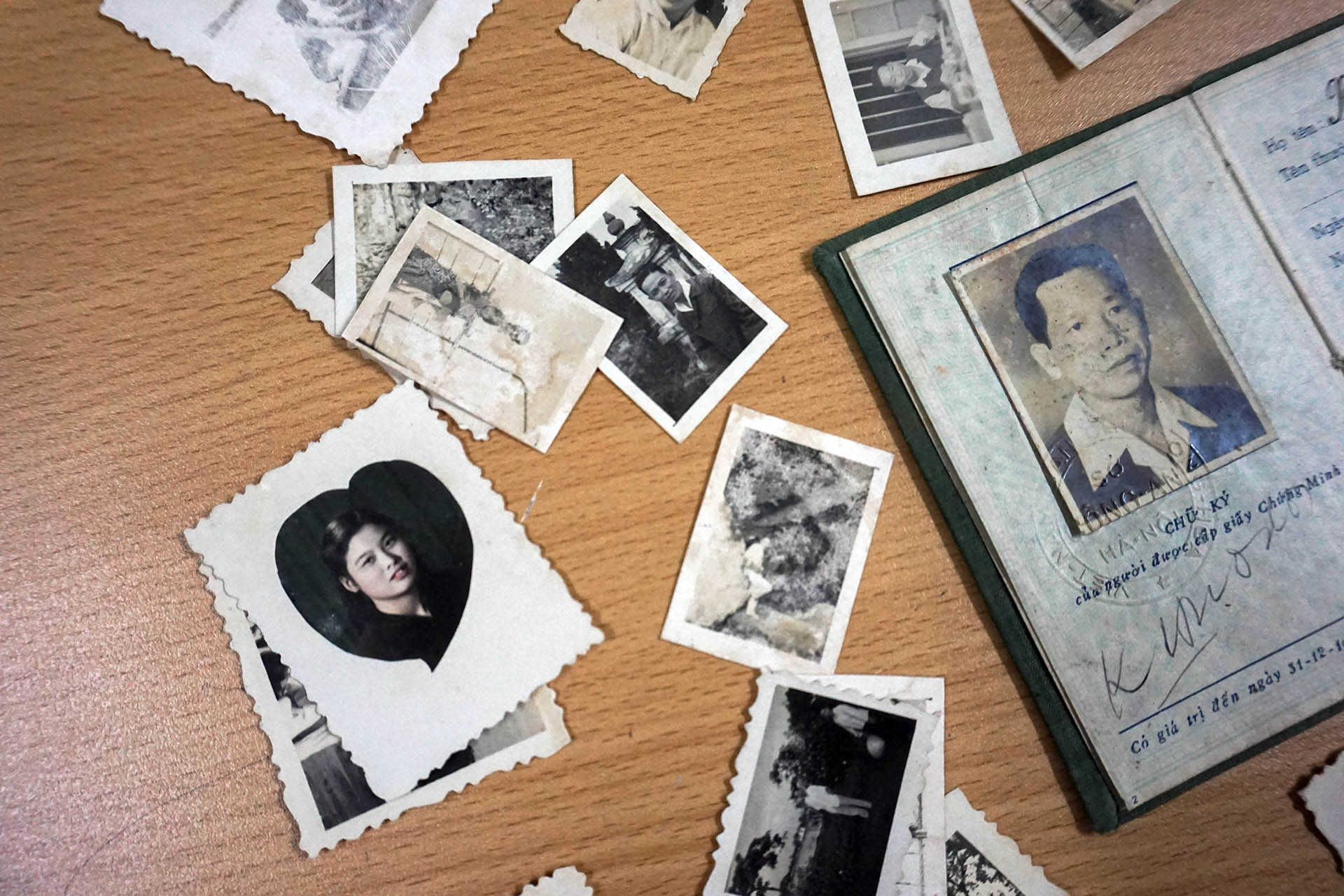
One of Vietnam’s four national archive centres, Centre III was established in 1995, tasked with archiving post-1945 documents and materials related to State offices based Northwards of Quang Binh Province; whereas Centre I holds pre-1945 documents pertaining to feudal and colonial times, Centre II is in charge of holdings of current Southern bodies and the then-South Vietnam government, while Centre IV in Da Lat preserves documents from the Central region as well as historical woodblock prints.
“Numerically speaking, Centre III has 14 kilometres of shelving for holdings of various types. Apart from paper documents are audio-visual holdings – all relatively well preserved following standards on temperature, humidity, and fire protection”, said Ms. Hoa. Regardless of categories or of how they seem to be unexciting documents of administrative nature, the files build up one’s understanding of various layers of history. Hoa told us about the decrees issued during 1945–1946 at the earliest days of the DRV following its Independence declaration. In the Centre’s library, I then came across a book that serves as a sort of chronicle of Hanoi between 1873–1954 – made up of official dispatches, decrees, reports, etc. issued by the city’s councils – a recollection of a range of events, from the macro to the micro, pertaining to every month of the 73-year span. Another book provides a comprehensive inventory of Hanoi street names over different periods of time.
We believe that holdings of personal nature are important not only to the owners’ families, but to future generations as well.
Collating archived materials towards such publications are only one of the activities of Centre III. “In Vietnam, archives are considered as quite academic and mysterious,” Hoa smiled, “and our hope is that the public can understand what our Centre is doing, and how that benefits them.” Indeed, not everyone knows that beside administrative documents, the Centre also preserves items belonging to individuals: an example would be the folders on South-bound officers, but the acquisition of personal collections still happens these days. Other examples include documents on Bui Trang Chuoc (creator of the National emblem) and Van Cao (composer of the National anthem) – two of many individuals with “significant contribution” in various fields who have their work preserved here.
“When acquiring rare documents, we have to convince families that the Centre has better preservation conditions, and the documents that have worn out over time will be repaired and restored. Many families’ concerns include if they might actually be charged any fee in depositing documents with us, or if they receive anything from donating. We do have an allowance, but it is not a large amount. We believe that holdings of personal nature are important not only to the owners’ families, but to future generations as well.”

Digitisation and story-telling
As with other archival organisations in Vietnam these days, apart from acquiring, preserving and restoring, National Archives Centre III understands the importance of promoting their holdings – for these to be truly ‘living’ and able to tell their stories. Beside a reading room, an exhibition space with thematic displays and field trips for students – all offered free of charge – the Centre’s communications and social-media channels are actively used in promotion activities. “The department responsible for the Promotion of the Archives is in charge of the Centre’s website and Facebook page, which is updated with two to three posts per week introducing the valuable documents, taking into account the public’s interest”, said the Centre director.
But it’s in the process of promoting their collections that archives are faced with a number of questions. How could they enable others to access certain types of holdings when the technology required to access them has become more or less obsolete (the difficulty these days for just anyone to watch an analogue film print or listen to what’s stored in a minidisc). Or, what risks would there be in consulting actual original versions of everything?
Though not an absolute solution and by no means a replacement for physical experience, digital technology in general and digitisation in particular are the most possible way out of these dilemmas. “Digitisation is very important; because the more often we bring the documents out of storage for consultation, the shorter their lifespan. And moreover, a physical document would take longer time and more procedures to access or disseminate. Digitisation more or less addresses these problems”, said Hoa.
Nevertheless, only approximately three per cent of the Centre’s holdings have been digitised, affected by various factors: budget, equipment, human resources, as well as certain digitisation criteria: priority is given to documents with older origin dates or higher frequencies of consultation requests. It is, indeed, a race against time.
Archiving is hard work carried out in silence, but when we read each and every document we have access to, we feel that it’s a truly worthwhile undertaking. It’s both an honour and a responsibility.
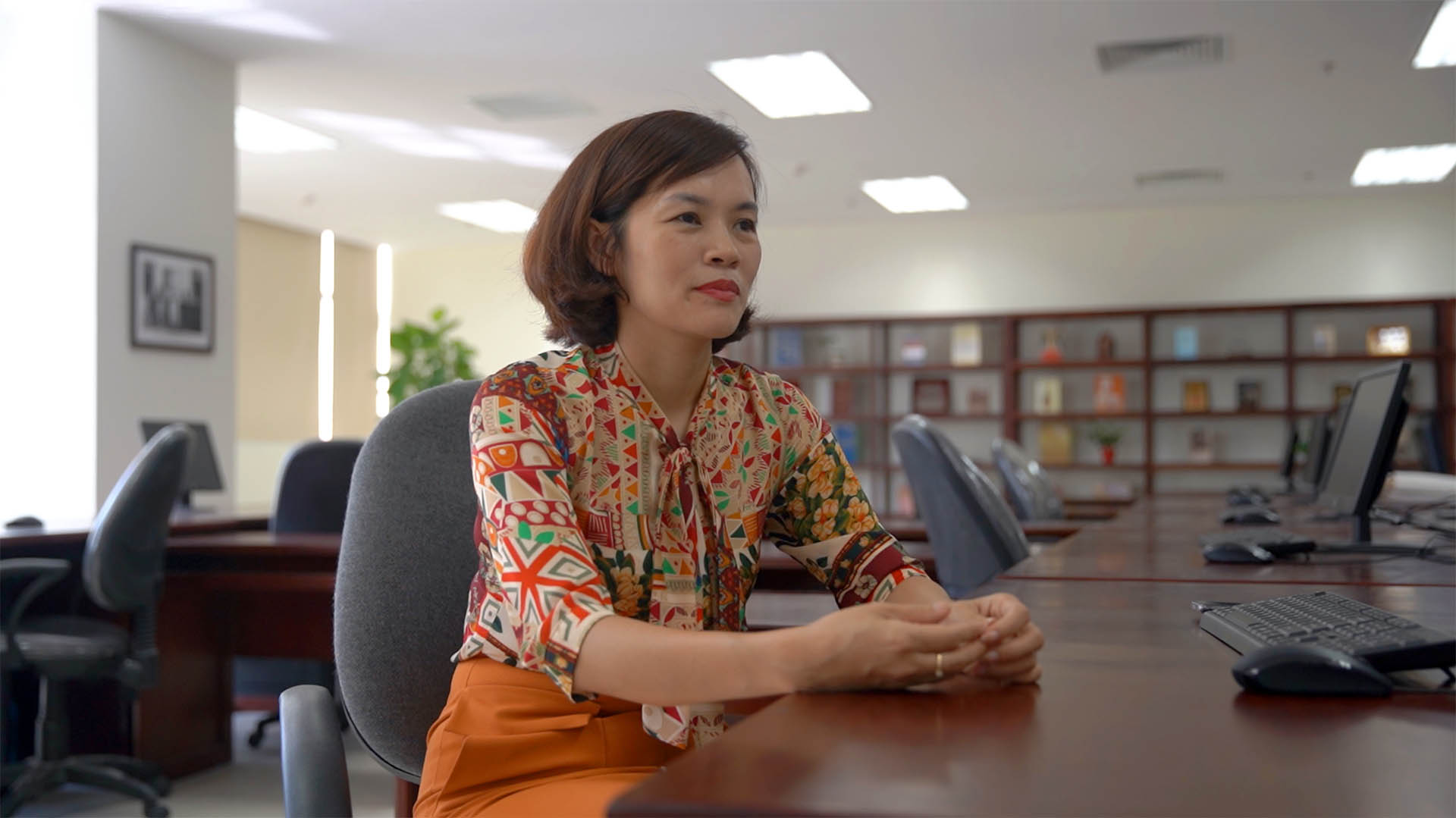
Using technology, National Archives Centre III has built up an online directory facilitating document consultation and providing information on the folders of South-bound officers. According to Tran Viet Hoa, the Centre is also “accelerating digitisation over the near future to give the public better access to the archive, as well as setting up a virtual reading room so that people from all over the country and the world could access the archives, with a fee. We’ll also continue to transfer and connect our data with that of other national archives.”
What is then the motivation for these archivists to continue their work, one “quite complex in terms of operations and requires high expertise in the field”, year after year?
“We are very much dedicated, because even though archiving is hard work carried out in silence, when we read each and every document we have access to, we feel that it’s a worthwhile undertaking. It’s both an honour and a responsibility.” said Hoa.
Before being appointed as the Centre director, Ms. Hoa taught Administrative Law at the Hanoi University of Home Affairs and held various positions in the State Records Management and Archives Department. “My family has people working in the archival field and I have learnt so much about this job, but initially I didn’t want to pursue this career. After switching through different positions and at last becoming an archivist, witnessing the daily activities, seeing people come here to consult documents, or seeing families finally finding belongings of their loved ones after so many years, I’m now sure this is my calling.”
NATIONAL ARCHIVES CENTRE III operates under the State Records & Archives Department of Vietnam, tasked with archiving documents and other materials related to State offices that are based in Quang Binh province up to the Northern region, as well as other materials of social/cultural/historical values, donated or acquisitioned from organisations and individuals. The centre’s organisational structure includes the Department of Acquisition and Restoration, Department of Preservation, Department for the Promotion of the Archives, Department of Audio-Visual Holdings, and Department of General Administration.
Written by Tran Duy Hung
Photos by Dan & Sha
Graphics by Rongchơi
Translated into English by Dinh Vu Nhat Hong
Kindly credit VFCD 2020 when sharing the article.
Please do not copy or repost without permission.


